Dr. Fakira Mohan Nahak
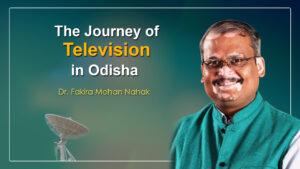
The television news industry in Odisha has gone through a progressive journey in the past two decades. In this series Dr. Fakira Mohan Nahak presents the media history blended with his close observation on the fast changing industry.
When India opened its doors to the global economic market in the early 1990s as part of economic liberalization, it provided a plethora of opportunities for different media companies in and outside of the country to explore the Indian television market. As a result, Indian companies like Zee Media (Zee News and Zee TV) and foreign companies like Satellite Television Asia Region Star Limited (Star News and Star TV) were able to launch domestic television broadcasting services in the country. Gradually it paved the way to end Doordarshan’s monopoly. As foreign companies were not allowed to broadcast news in India, Star TV was doing the transmission by negotiating with senior journalist Prannoy Roy’s NDTV (New Delhi Television Limited). But the broadcasting service was only at the national level.
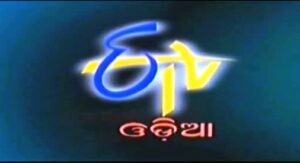
Broadcasting in regional languages was on no one’s bucket list. At this juncture, regional language channels were launched in South India by local television companies. The first regional television channel in any Indian language was Sun TV. It was launched in 1992. The network later launched its broadcasting services in Kannada, Malayalam, Telugu, and then in Bangla and Marathi. Similarly, Ramoji Rao, a media baron from South India launched ETV for the Telugu-speaking people in 1995. Later he launched channels in Bangla, Marathi, Kannada and Urdu under the same brand name ETV. Sun Network and ETV Network were the market leaders in the regional sphere.

The launch of ETV Oriya, the first private satellite channel of the state by Ramoji Rao was part of his mission of creating a robust media network of regional channels. Prior to its launch, there were only local cable channels confined mainly to the major cities of the state like Bhubaneswar, Cuttack, Sambalpur, Rourkela, and Berhampur.
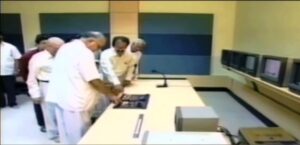
The local cable channels neither had the required robust infrastructure nor the necessary approval from the Union Ministry of Information and Broadcasting to provide satellite telecast services. So the broadcast was limited only to the local news and coverage of major events in and around the city. It was a kind of narrowcasting. The launch of ETV Oriya provided a ray of hope and aspiration to the people. It was not only a channel but an emotion.
No dreams are realized overnight. The successful launch of ETV Oriya on January 27, 2002, was not an overnight process, rather the cumulative output of the efforts given by a mix of experienced and novice media professionals. Once the decision was taken to start a new regional channel in Odia,the then general manager K. Bapineedu, the chief producer Prof. Pawan Kumar Manvi and S. Chakrapani, one of the veterans of Oriya film industry started the preparatory work.
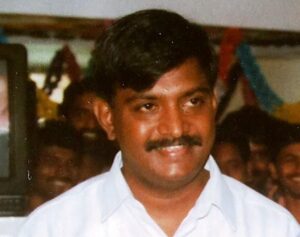
The channel was headed by S. Chakrapani. Though his mother tongue is Telugu, he has worked in Odisha for a long time. He and his wife have worked for both Oriya and Telugu cinema. In addition to that he also had a good relationship with Ramoji Rao. All this led him to be given the onus of leading the channel.
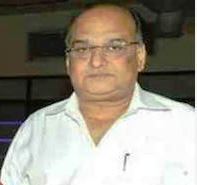
While the channel was supposed to provide broadcasting services from Hyderabad being the head office, the regional office was set up at Bhanjaprabha Bhavan, Bhubaneswar to provide basic infrastructure to produce all its programs independently. The team in the regional office was led by Sanjay Pathak and Satya Rath, the two well-known names in Oriya cinema.In the initial phase, the recruitment process to hire talents and form the programming team was done between February and June of 2001. They started working well before the channel went on air. After getting the opportunity to work in the initially formed programming team, I realized how indispensable is it to form a digital library of visuals and program banking to run a channel. No one in the team had the experience of launching a new television channel. ETV provided the perfect platform to learn the nitty-gritty of media and mass communication. Since there were already five channels in different languages in the ETV network, we got the best training and guidance. The experienced professionals working on all those channels were very helpful in guiding us and sharing their expertise.
ETV brought in a variety of programmes including fiction, non-fiction and reality shows. Apart from daily mega serials and weekly serials, ETV has also started airing Odia movies. The preparatory work to make all these happen continued for almost a year.However there were no formal preparations for ETV’s news broadcast until July 2001. The recruitment process for the ETV Oriya news began in August after preparations for various entertainment programs were completed. In September, new staffs started joining in the channel headquarter at Ramoji Film City, the world’s largest film studio.RFC is the head quarter of all ETV channels. It houses all the broadcasting arrangements and the earth station to connect to the satellite for transmission.
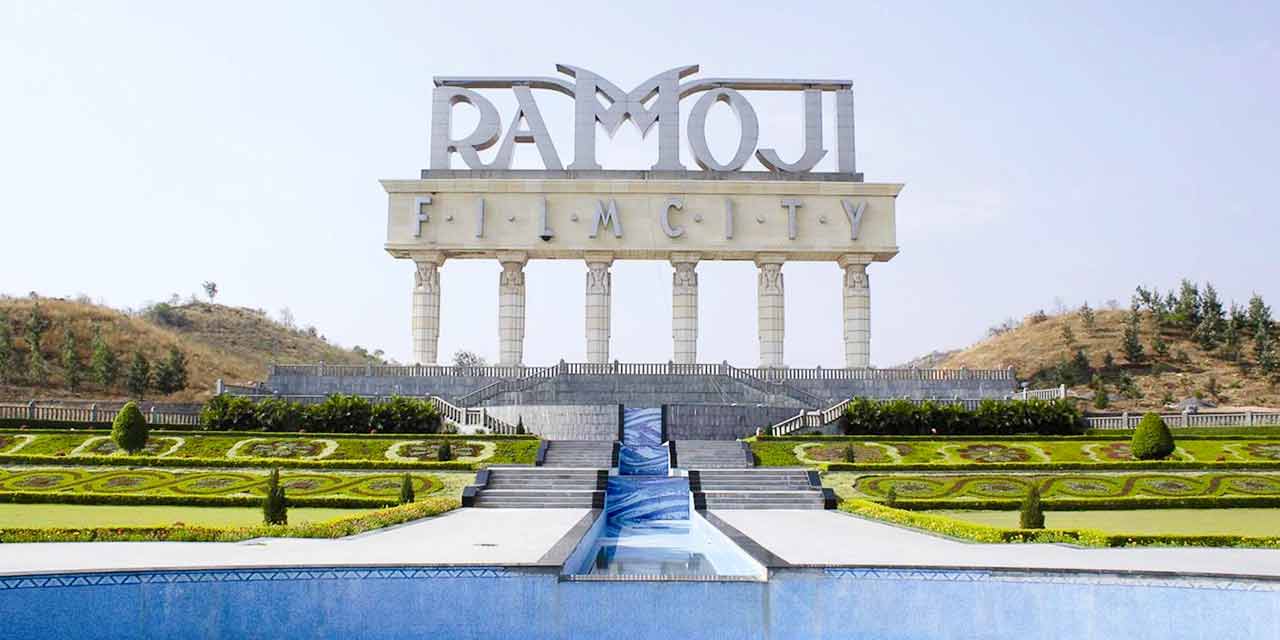
ETV Oriya is considered as the pioneer in conducting campus interviews in any institution in the field of journalism and mass communication education in Odisha. A team led by Amitabh Bhattashali, the first head of ETV Oriya News (currently he is working for BBC’s Bangla Service) came to the Department of Journalism and Mass Communication, Berhampur University in 2001 to do campus selection. The recruitment team was benevolent enough in providing an opportunity to the former students of the department along with the incumbent ones to be part of the selection process. A total of 23 students were recruited for ETV Oriya. Two people from IIMC, Dhenkanal were also got selected to join the team.
So it was a team of media students with zero practical experience in broadcast journalism. The experienced ones in the team were mainly from print media and had no exposure to electronic media. However the team was with full of energy and excitement and curious to learn new stuff and grow as a professional. Everyone was ready to lead from the front. All the theories learnt in the classroom were practically experimented and realised in the newsroom of ETV. It shaped us as a professional. It transformed us from novices to experts. Everyone in the team was contributing towards the common objective of the team. Each team player gave their best to flourish as a team. We kept on learning and sharing the knowledge among the team. We learnt from each other’s mistake. We gained competence in each area of television journalism with continuous practice, patience and perseverance. The presence of former ETVIANs in the leading positions of most of the news channels of the state is testament to the glorious days of ETV.

ETV Oriya produced a new breed of journalists who were all-rounders rather than specialists. Prior to ETV, media professionals were mostly specialists in nature. For example, while the copy editor was only writing the copy, the TP operator was running the teleprompter. The voiceover artist was mainly focusing on recording the voiceover and the CG operator was mainly engaged in running the graphics scrolls. The video editor used to work only on visual editing. But the initial professional training in ETV made sure that a copy editor was not limited to storytelling, he had to do voice over, edit his visuals, perform CG operations, and create a complete audio visual package. The competence level of the professionals was evident in the output of the channel. Yours truly has not even an iota of doubt in endorsing the fact that every professional in the ETV Oriya News team has the ability to carry out any television assignment independently very well and people working in various news channels in Odisha will not hesitate to admit it.
Putting an end to the long wait, when ETV Oriya started its transmission, the first news bulletin went on air at 1pm. There was silence inside the studio and the production control room (PCR) .Everyone’s eyes were on the TV with the exception of one or two people in the news desk. My classmate friend P. Vijay Krishna was sitting in the PCR as the first panel producer of the first bulletin. Mayadhar Pradhan was the first bulletin producer. While the copy editor of the first story was Fakira Mohan Nahak, the voice over was given by Santosh Mohapatra. The headline would be followed by the first story. But the story was yet to reach the PCR. Vijay was sweating profusely even sitting inside the centrally air conditioned room. The story export was on from my system. The bulletin is only few seconds away. In the meantime my story export was over. From the first floor, I ran to the PCR, two floors below the ground floor, opened the door and said with a sigh of relief, “the story has been exported.” Carry on.
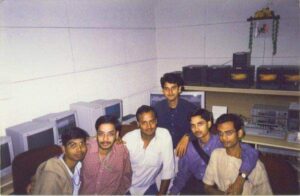
Breaking all the silence, Vijay switched on the talk back (the microphone attached to the panel producer for one-way communication to instruct the anchor which is also known as Interruptible Foldback (IFB) and gave the command.. Standby … Ten seconds to go ..Nine. .. Eight ..Seven ..Six ..Five ..Four ..Three ..Two ..One ..Cue …
Namaskar..Welcome to ETV News.. I am Rupali Kar ..Today’s Headlines…. Rupali Kar was the first newsreader for ETV News. The rest is history. The excitement of that first day is an unforgettable moment. The writer will continue to discuss in the next segment how various programs were planned, implemented and ultimately new trends in news broadcasting were set and how an emotional connection was formed with the audience and some of the most memorable and illustrious events in the history of Odisha television.
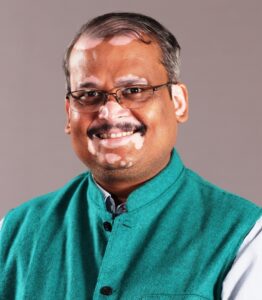
(Dr. Fakira Mohan Nahak is a writer and former media professional. He is currently working as the Head of the Department of ‘University Institute of Media Studies’, Chandigarh University at Mohali, Punjab. Views are Personal)




















